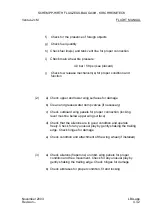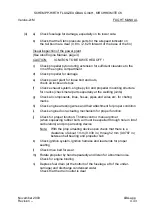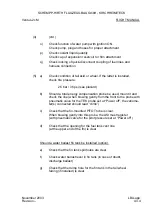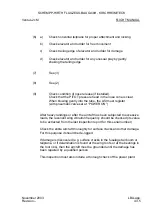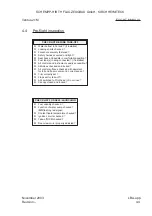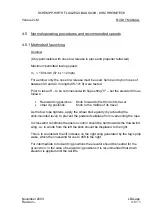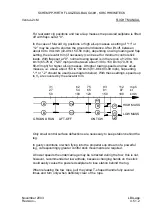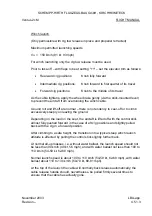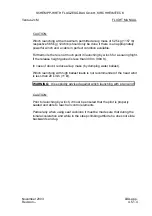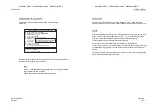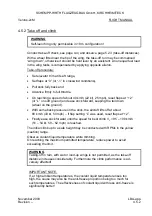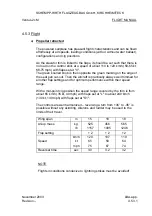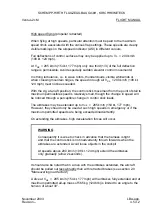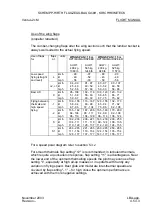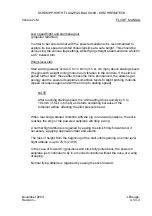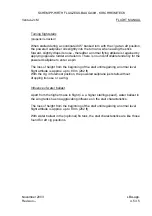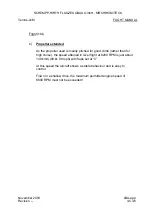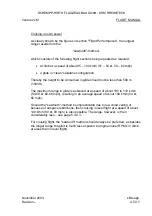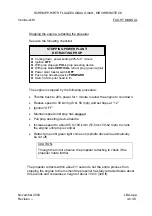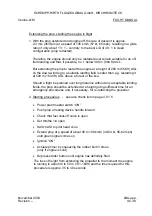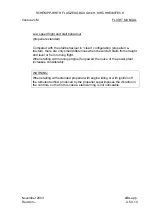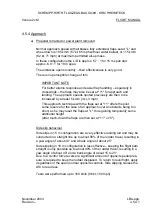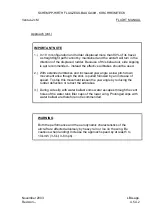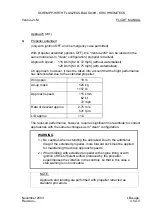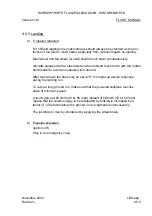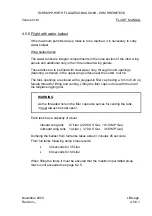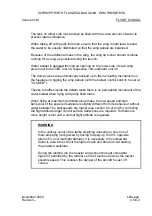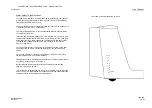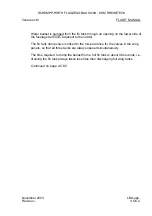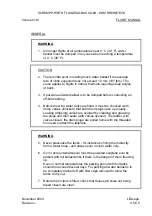
SCHEMPP-HIRTH FLUGZEUGBAU GmbH., KIRCHHEIM/TECK
Ventus-2cM
FLIGHT MANUAL
Low speed flight and stall behaviour
(propeller retracted)
In order to become familiar with the powered sailplane it is recommended to
explore its low speed and stall characteristics at a safe height. This should be
done using the various flap settings whilst flying straight ahead and also whilst in
a 45° banked turn.
Wings level stall
Stall warning usually occurs 5 to 10 km/h (3-5 kt, 3-6 mph) above stalling speed.
It begins with a slight rolling motion and vibration in the controls. If the stick is
pulled further back, these effects become more pronounced, the ailerons get
spongy and the powered sailplane sometimes tends to slight pitching motions
(speed increases again and will then drop to stalling speed).
NOTE
After reaching stalling speed, the ASI reading drops quickly by 5 to
10 km/h (3-5 kt, 3-6 mph) and starts oscillating because of the
turbulent airflow affecting the pitot pressure head.
When reaching a stalled condition with the c/g in rearward positions, the stick
reaches the stop or the powered sailplane will drop a wing.
A normal flight attitude is regained by easing the stick firmly forward and, if
necessary, applying opposite rudder and aileron.
The loss of height from the beginning of the stall until regaining a normal level
flight attitude is up to 70 m (230 ft)
In the case of forward c/g positions and stick fully pulled back, the powered
sailplane just continues to fly in a mushed condition without the nose or a wing
dropping.
Normal flying attitude is regained by easing the stick forward.
November
2003
LBA-app.
Revision --
4.5.3.4
Summary of Contents for Ventus-2cM
Page 11: ......

